There’s something undeniably heartwarming about having a feline friend choose to be near you. Yet, for many cat owners, a common scenario unfolds: your cat sits close but never quite makes the leap onto your lap. This behavior, while puzzling to some, is a part of the mysterious charm that cats possess. Understanding why your cat opts for proximity rather than direct contact can deepen the bond between you and your furry companion. Here, we delve into the intricacies of this intriguing behavior.
Seeking Safety and Security

Cats, by nature, are creatures of habit and comfort. When your cat chooses to sit near you, it’s a clear sign that they feel safe in your presence. They recognize you as a source of security, akin to a protective shield. This behavior is reminiscent of ancient times when cats would stay close to humans for protection from predators. The proximity offers them a safe vantage point to observe their environment without feeling vulnerable.
Respecting Personal Space
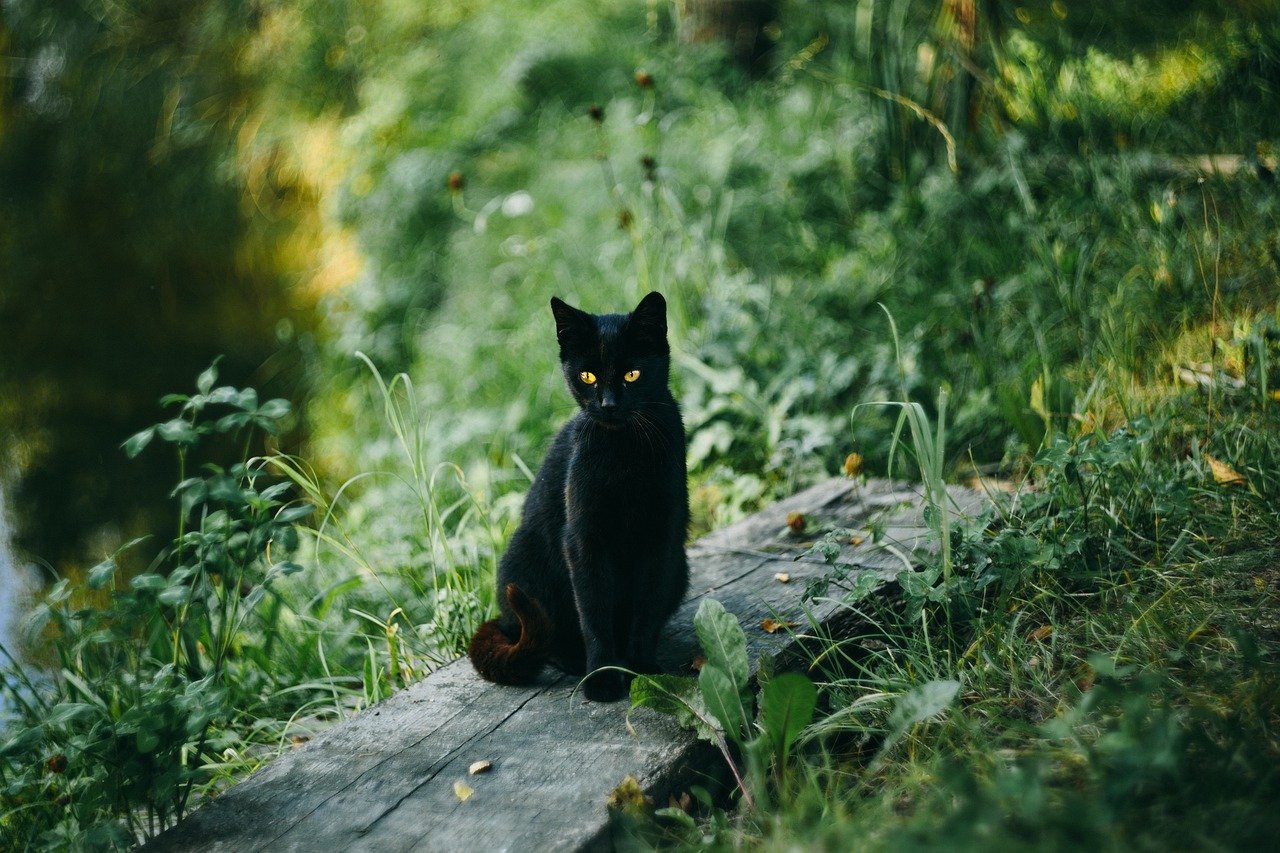
Just like humans, cats have their own sense of personal space. While they may enjoy being near you, they might not always want to be touched or held. Cats are independent creatures, and respecting their boundaries is crucial. By sitting next to you rather than on you, they maintain their autonomy while still enjoying your company. Think of it as their way of saying, “I’m here for you, but I need my space too.”
Temperature Preferences
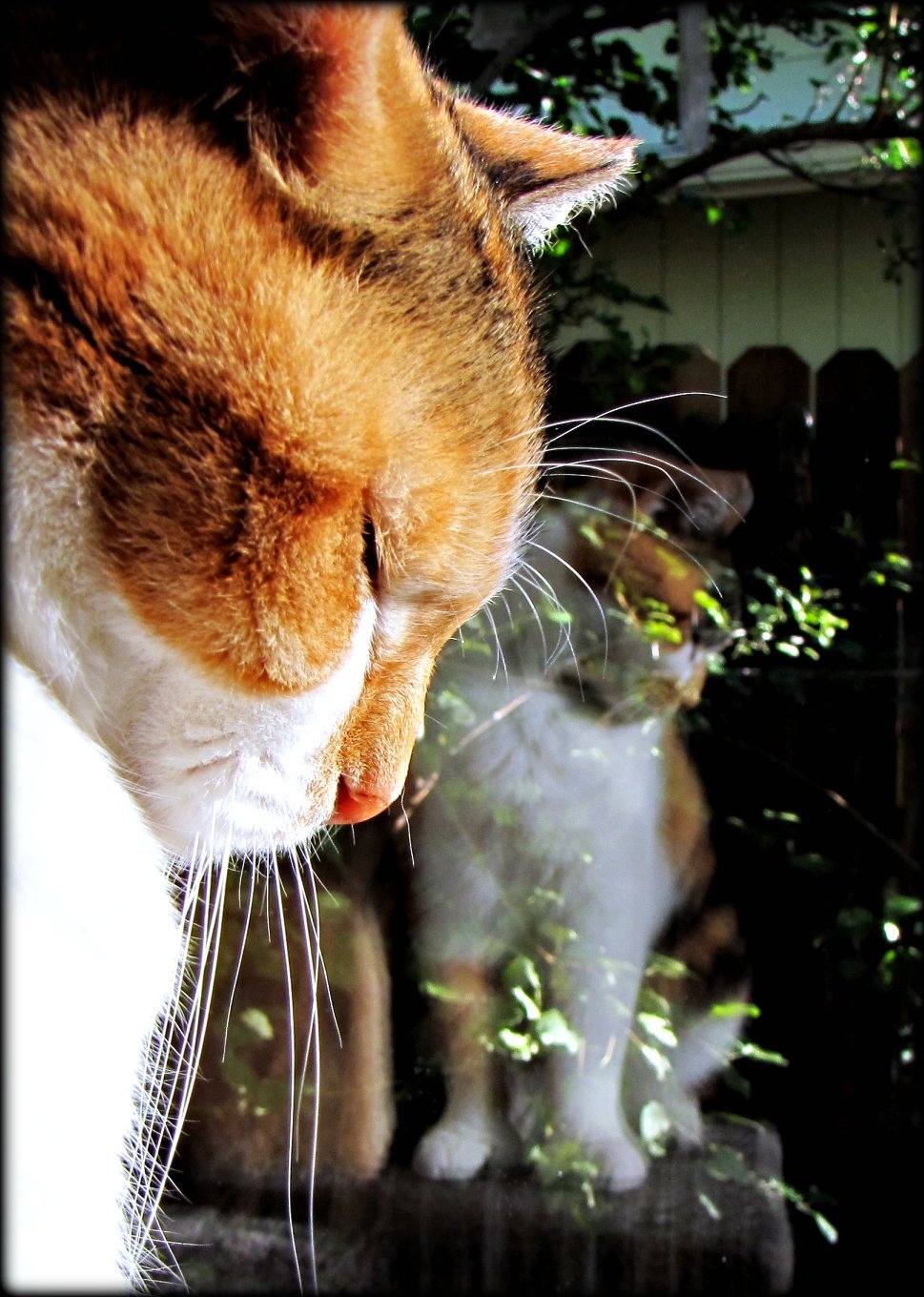
Cats are notorious for seeking warmth, but sometimes your body heat might be too much for them. Sitting beside you allows them to adjust to a comfortable temperature. They can enjoy the warmth radiating from your body without becoming overheated. This preference is similar to how they might opt for a sunny windowsill instead of a heated blanket—they regulate their temperature to what suits them best.
Observing and Surveying
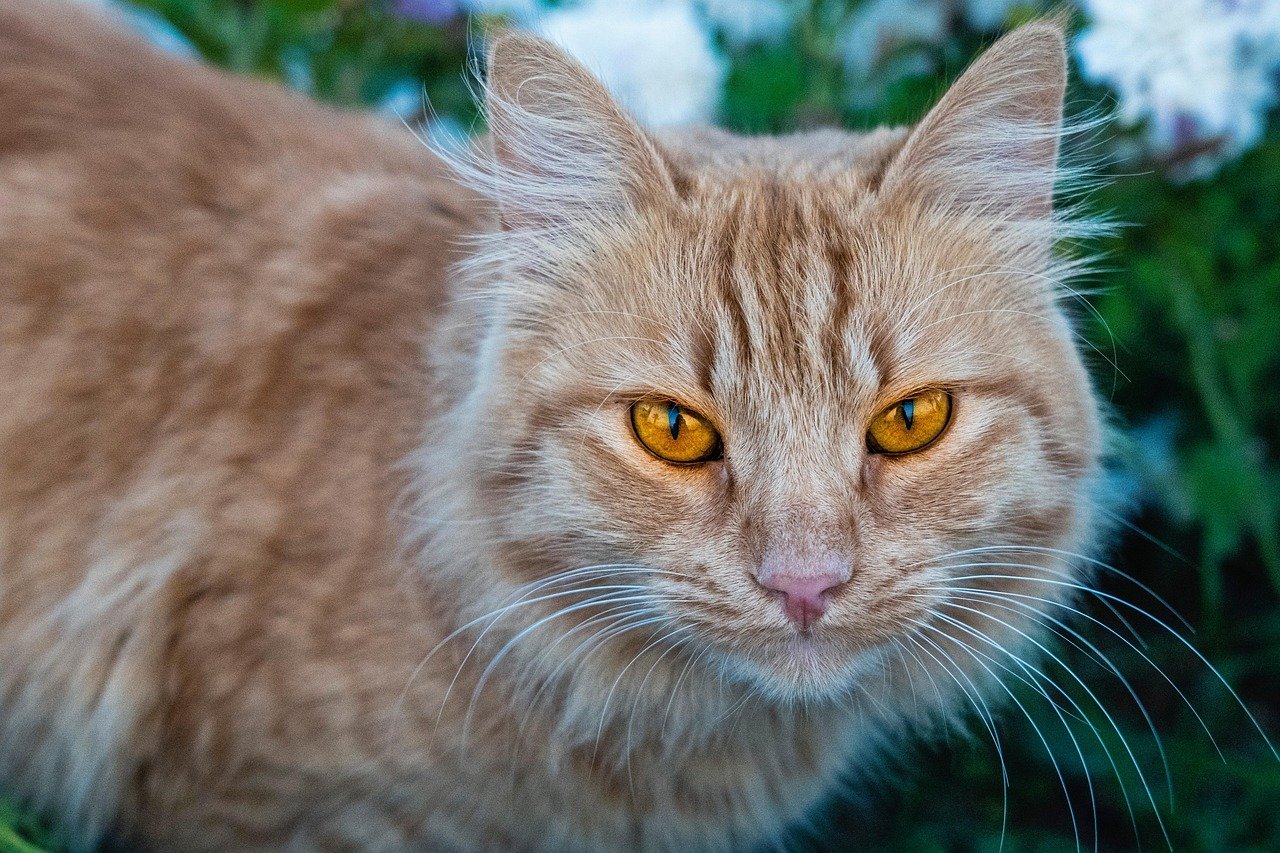
A cat’s instinct to survey their surroundings is deeply ingrained. By sitting near you, they have the perfect vantage point to keep an eye on everything happening around them. It’s a strategic spot where they can monitor potential threats or interesting activities. Cats are natural observers, and your proximity provides them with a sense of control over their domain.
Comfort and Familiarity
The scent and familiarity of their human can be incredibly comforting to a cat. Sitting near you allows them to soak in your presence without the added pressure of direct contact. This behavior can be compared to how they might curl up in a favorite spot with a familiar scent—it’s all about comfort and familiarity. Your presence is like a soothing balm to them.
Reflecting Their Mood
Cats’ moods can be as mercurial as the wind. Sometimes, they may feel like being close but not too close. Their mood can dictate how much contact they desire. If they’ve had a particularly stimulating day, they might choose to sit nearby to recharge without being overwhelmed by touch. It’s essential to read their body language and respect their current state of mind.
Establishing Territory
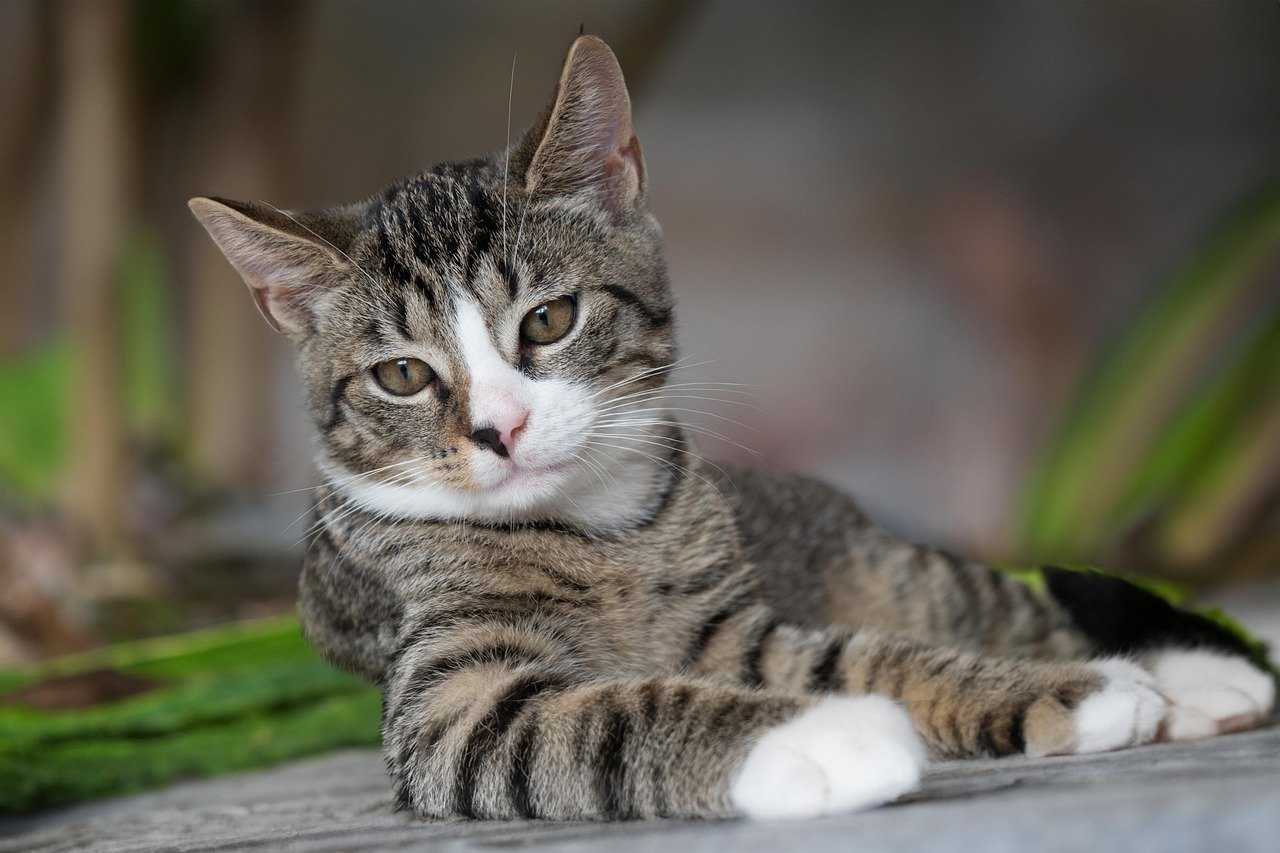
Territorial behavior in cats is not just about marking physical spaces but also about defining their social circles. By sitting near you, your feline friend is reinforcing their claim over you as part of their territory. It’s a subtle yet powerful gesture that signifies their attachment to you. This territorial marking through proximity is a testament to their affection.
Maintaining Vigilance
Cats are always on alert, even when they appear relaxed. Sitting beside you allows them to maintain a state of vigilance. They can quickly respond to any sudden changes in their environment. It’s a blend of relaxation and readiness, a balance that cats have mastered over centuries. Staying near you gives them the assurance of safety while keeping them prepared for any surprises.
Testing the Waters
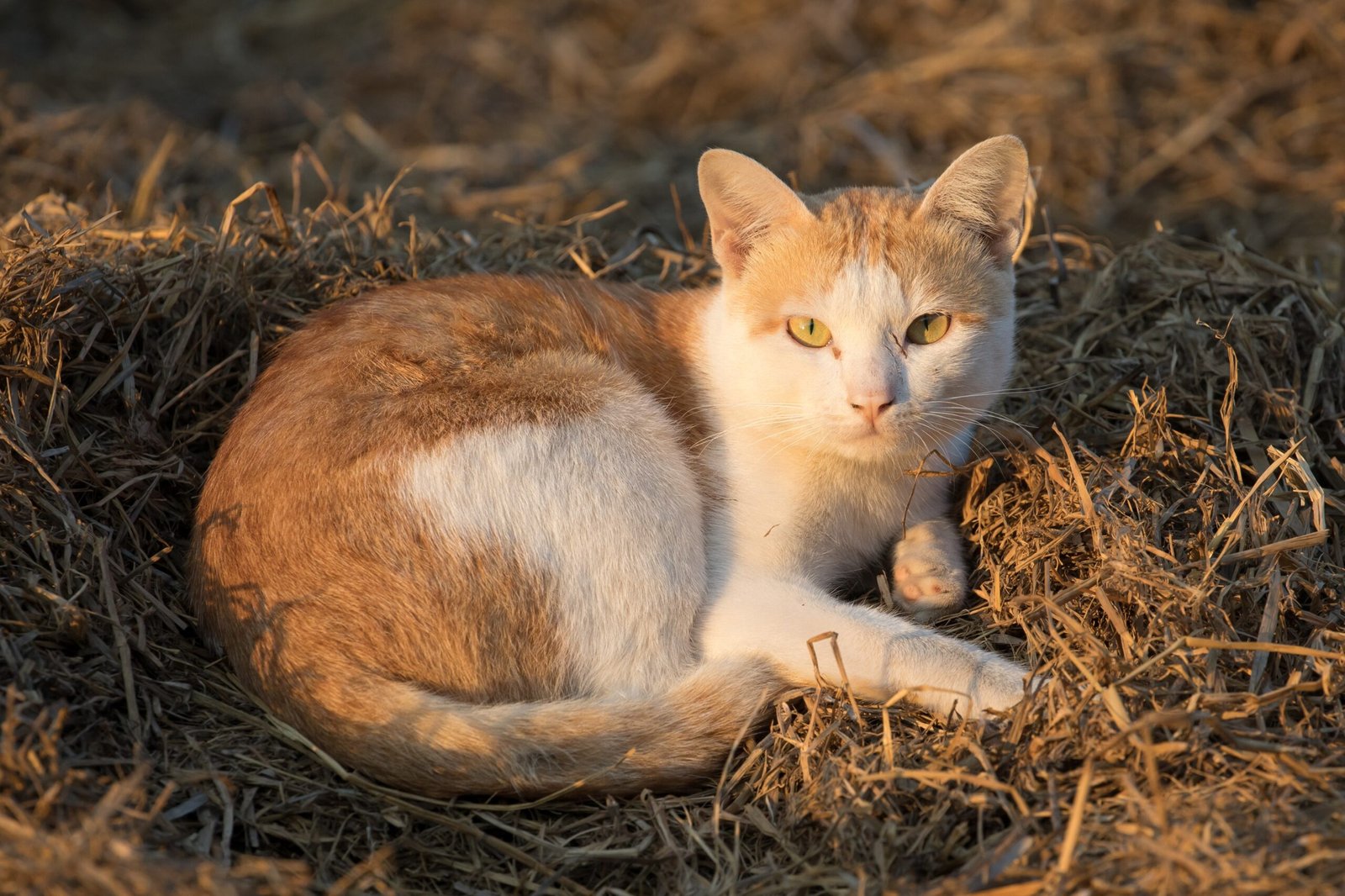
Sometimes, your cat might be in a phase of testing boundaries. Sitting near you could be their way of gauging how comfortable they feel before making the leap onto your lap. It’s a gradual process where they assess their comfort level with increased proximity. Over time, as trust builds, you might find them slowly inching closer until they eventually decide that your lap is their new favorite spot.
Preference for Grounded Surfaces
Some cats simply prefer solid surfaces over the unpredictable terrain of a human lap. Sitting on the floor or next to you on the couch offers stability. They avoid the shifting movements that come with sitting on someone. This preference can be likened to choosing a sturdy tree branch over a swaying rope—it’s all about finding a stable perch.
Past Experiences and Traumas
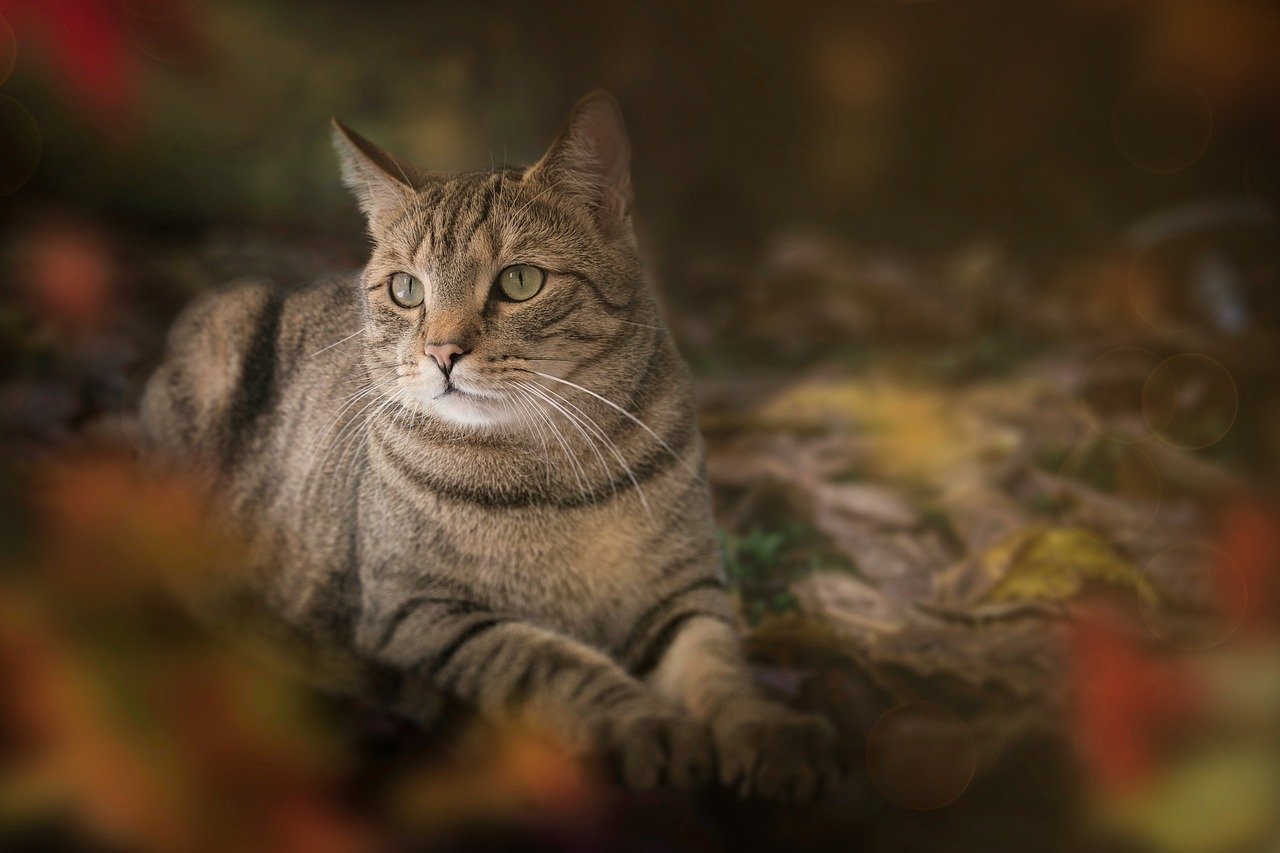
Cats, much like humans, are shaped by their past experiences. A cat that has experienced discomfort or trauma when sitting on a human might be hesitant to repeat the experience. Sitting nearby allows them to enjoy your presence without triggering any negative memories. Being sensitive to their history and providing a safe, welcoming environment can help in overcoming such hesitations.
Health and Physical Conditions
Certain health conditions might make it uncomfortable for a cat to sit on your lap. Arthritis or joint pain can make it difficult for them to find a comfortable position. By sitting beside you, they can still be close without exacerbating any physical discomfort. Regular vet check-ups can help identify any underlying health issues that might affect their behavior.
Preference for Routine
Cats thrive on routine and predictability. If sitting next to you has become a part of their daily pattern, they might stick to it out of habit. Routine provides them with a sense of stability and security. This behavior is similar to how they might always choose the same spot to nap—it’s comforting and familiar.
Balancing Social and Solitary Needs
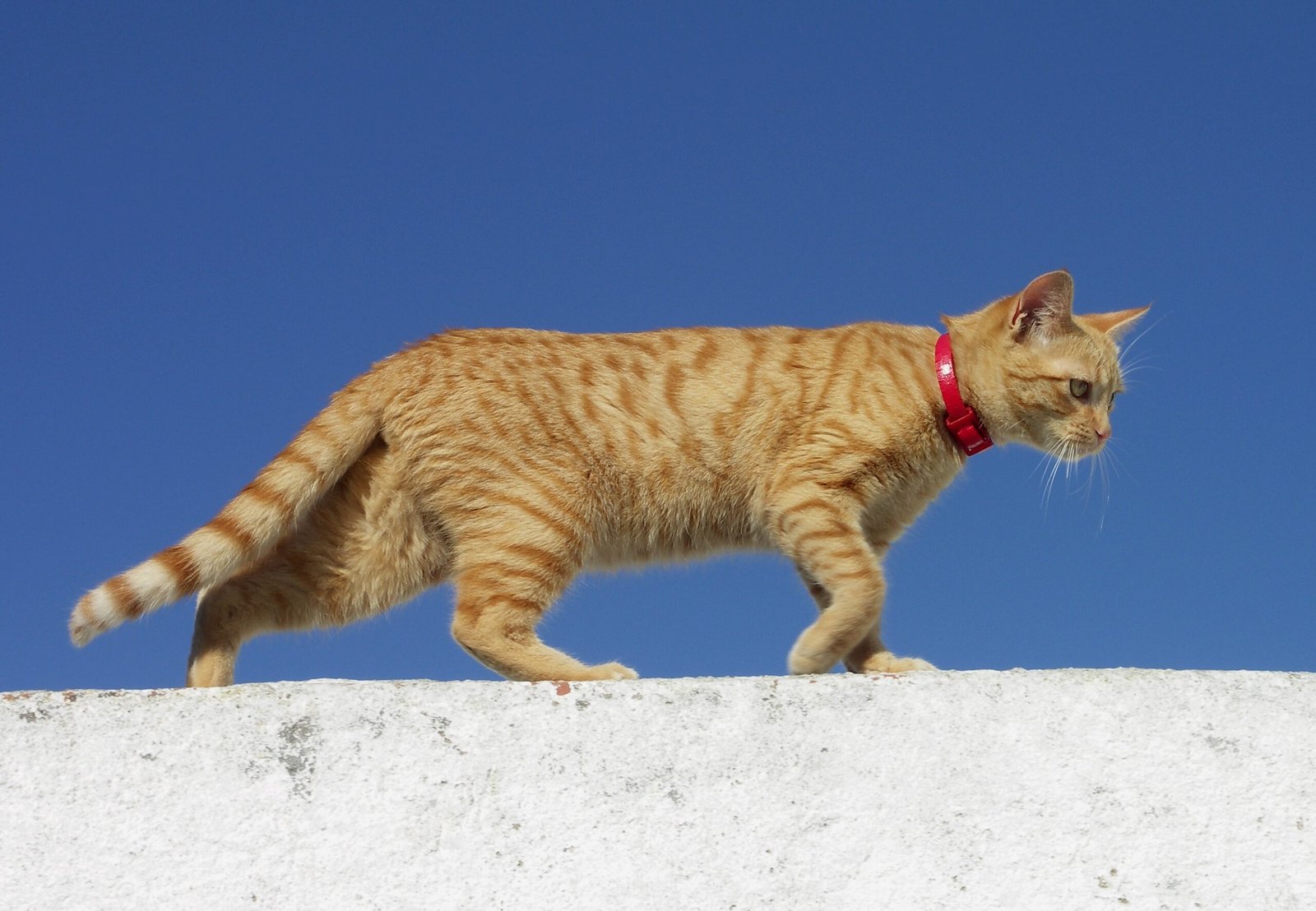
Cats are unique in their need for both social interaction and solitude. Sitting near you allows them to balance these needs. They can enjoy your company without feeling overwhelmed by physical contact. It’s a delicate balance that they manage with grace, much like a tightrope walker navigating between two points.
Understanding Human Signals
Your cat might be picking up on your signals without you realizing it. If you’ve been busy or stressed, they might choose to sit near you as a form of silent support. Cats are surprisingly intuitive and can sense changes in their human’s mood. Their proximity can be a way of offering comfort without intruding.
Respecting Your Boundaries
Cats are perceptive creatures. They might choose to sit near you out of respect for your boundaries. If they sense that you’re not in the mood for close contact, they’ll still be there for you, just not on top of you. It’s their way of being considerate companions, always present but never overstepping.
Building Trust Over Time
Trust is a cornerstone of any relationship, including the one you share with your cat. Over time, as trust grows, you might find your cat becoming more comfortable with direct contact. Sitting near you is a step in that journey of trust-building. It’s like laying the foundation for a strong, enduring bond.
Enjoying the Best of Both Worlds
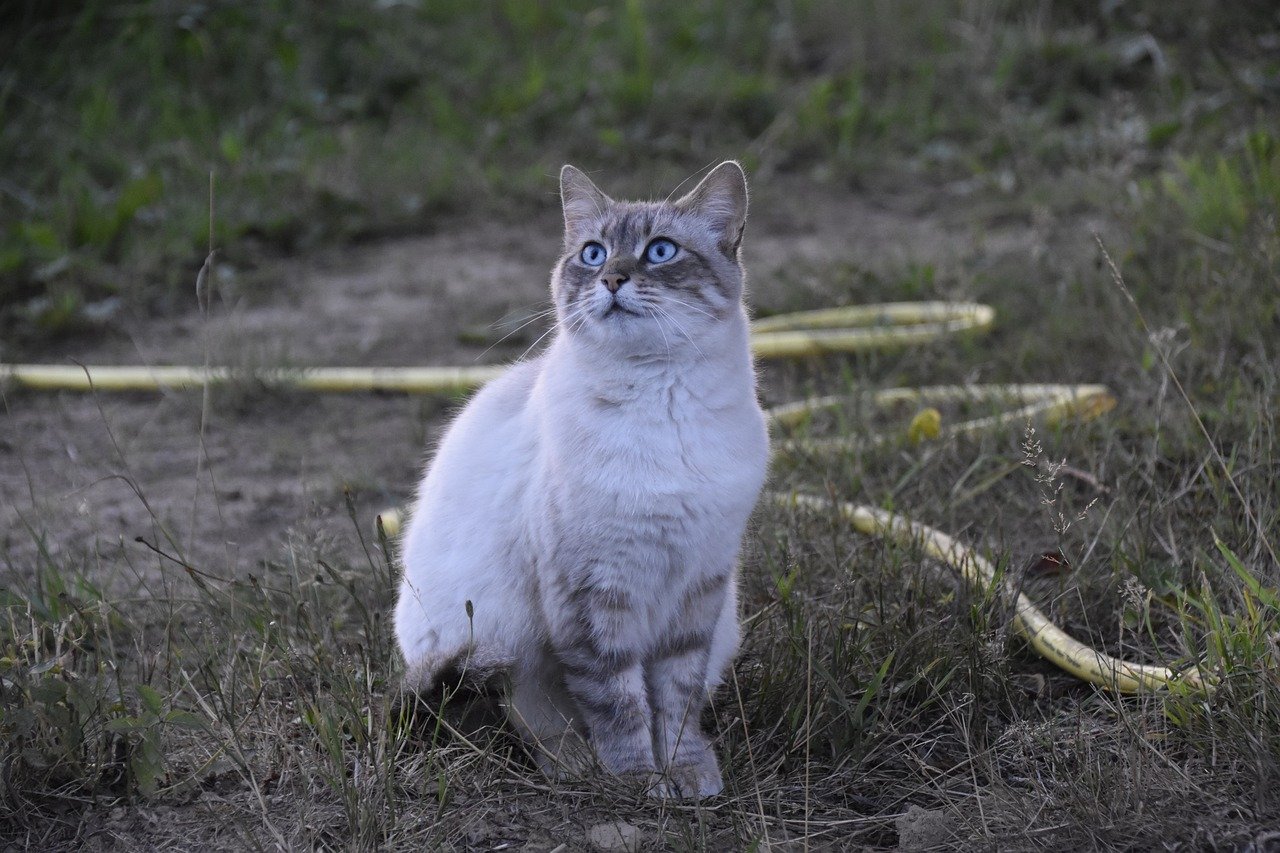
By sitting near you rather than on you, your cat is enjoying the best of both worlds. They get the comfort of your presence and the freedom of their space. This behavior reflects their ability to adapt and find joy in simple pleasures. It’s a testament to their independent yet loving nature.
Conclusion
Understanding your cat’s choice to sit near you but not on you is an exploration into their complex and endearing nature. Each behavior is a reflection of their instincts, preferences, and past experiences. By respecting their choices and observing their cues, you can strengthen the bond you share. Cats are unique companions, full of quirks and mysteries, and their proximity is a silent testament to their affection and trust.
Hi, I’m Bola, a passionate writer and creative strategist with a knack for crafting compelling content that educates, inspires, and connects. Over the years, I’ve honed my skills across various writing fields, including content creation, copywriting, online course development, and video scriptwriting.
When I’m not at my desk, you’ll find me exploring new ideas, reading books, or brainstorming creative ways to solve challenges. I believe that words have the power to transform, and I’m here to help you leverage that power for success.
Thanks for stopping by, Keep coming to this website to checkout new articles form me. You’d always love it!



